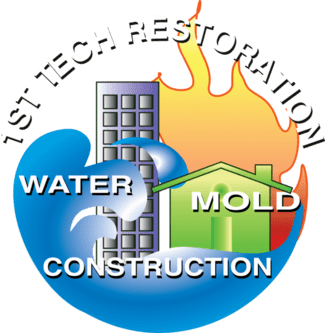Frequently Asked Questions
Do you have any questions? Don’t hesitate and ask us
F.A.Qs
Frequently asked questions
The cost varies depending on factors such as the type of water and extent of damage. After an inspection, an accurate estimate can be provided.
Correct, there are three types: clean water (from broken pipes), gray water (may contain harmful chemicals) and black water (sewage).
We are Certified and Licensed. Our team is formed by technicians trained and updated in modern techniques.
There are many signs but the most common are dark/wet spots, paint cracking/peeling, puddles, running water sounds and musty/moldy odor.
Our staff will remove standing water, assess damage, salvage items, dry the area and prevent mold growth.
Let’s start now!
Have questions ?
We manage with your insurance company
We report claims properly with your insurance agent or company.
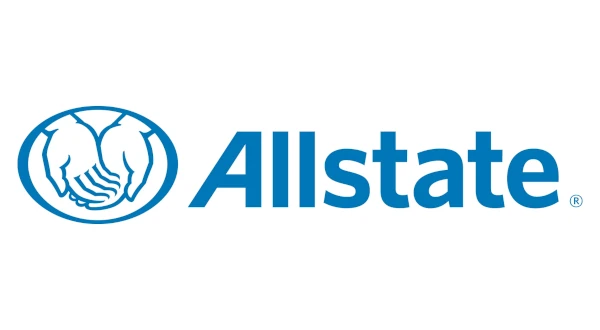
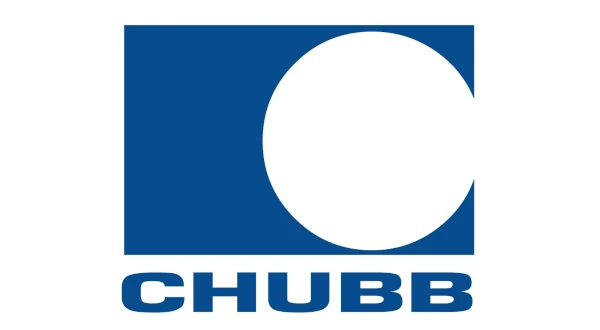
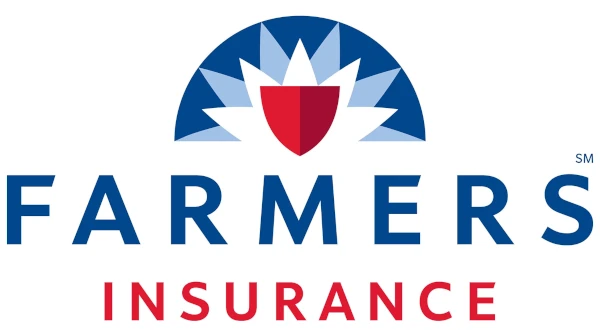
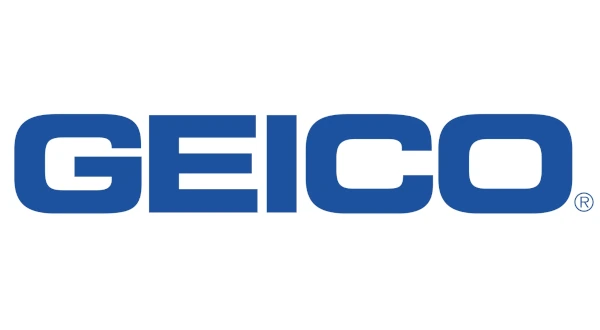
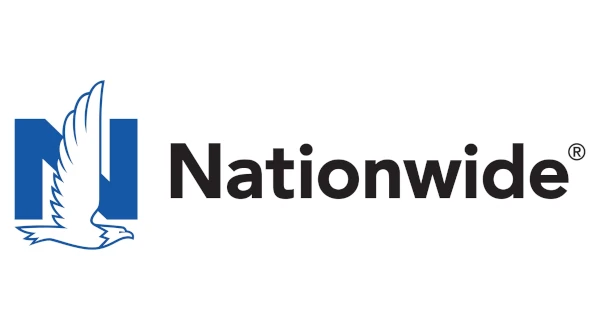
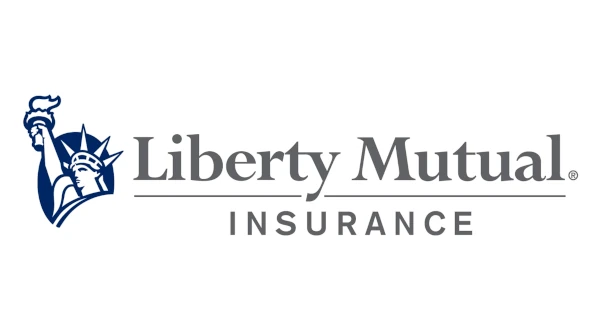
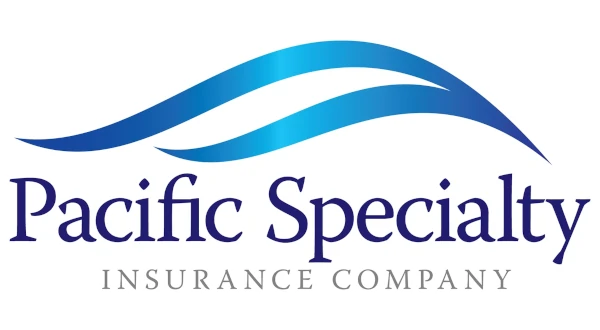
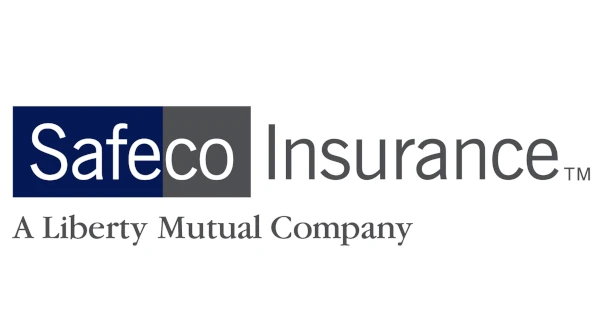

Residential & Commercial Damage Restoration
Our team is available 24/7 to provide restoration services.
Residential & Commercial Damage Restoration
Our team is available 24/7 to provide restoration services.
